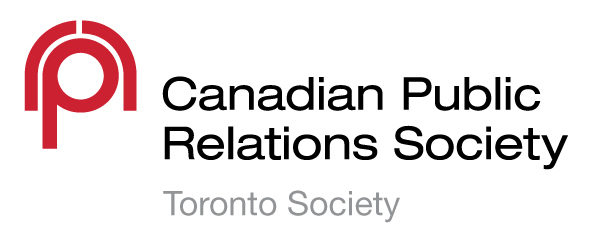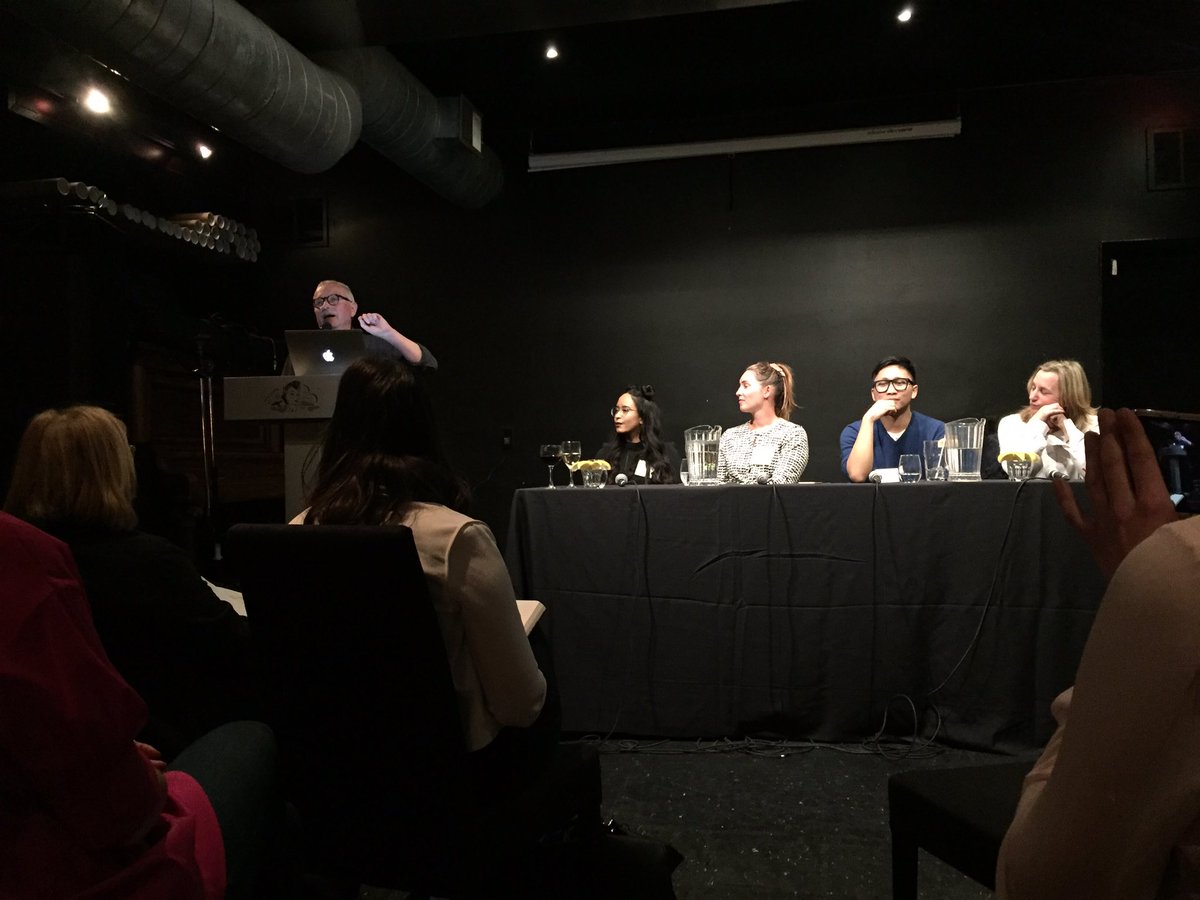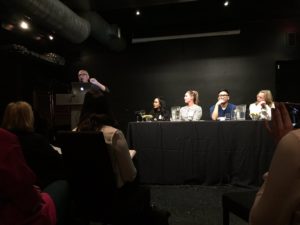This post is written with great sadness. As many of you may now be aware, CPRS Toronto is mourning the loss of Krys Potapczky, APR, FCPRS. Krys was an active member of CPRS, having most recently been Chair of the Accreditation in 2016.
Krys lost a hard-fought battle with cancer in late-June, 2017. The CPRS Toronto Board of Directors has made a donation in Krys’s name for the Sunnybrook Hospital Foundation. I never want to speak for anyone in times like these, but I am sure many of you share the same sense of shock. Krys and cancer were two things I would never associated together.
Krys is most fondly remembered by many for her tenacious spirit and drive for excellence in the practice of public relations. Her most recent group of students recall her as an impressive woman who was tremendously supportive with both her time and advice
To me, Krys will always be an inspiration. There are not many of us in the public service with an APR, so I always knew I could rely on Krys to be a cheerleader and mentor for me as I tried (and yes, continue to try) to execute ethical and high-quality communications counsel in the public service.
Krys and I shared a very special moment during the WPRF forum last year. She was at my side, and was my witness, when Tracy Moore stopped me and asked me where I got my dress for he Comm Prix Communications Awards Gala. I still get a kick of out of that story to this day, and feel cool by association!
She was so proud. She took this photo of us together and emailed it to me with this simple phrase and subject line: “US….don’t we look beautiful”.
Yes, yes we do Krys. Your beauty, grace, poise, and drive during your cancer journey is something beautiful to be admired. In your honour I hope to maintain your passion, and commitment to life and the pursuit of excellence in communications and public relations.
Thank you, my beautiful friend.




